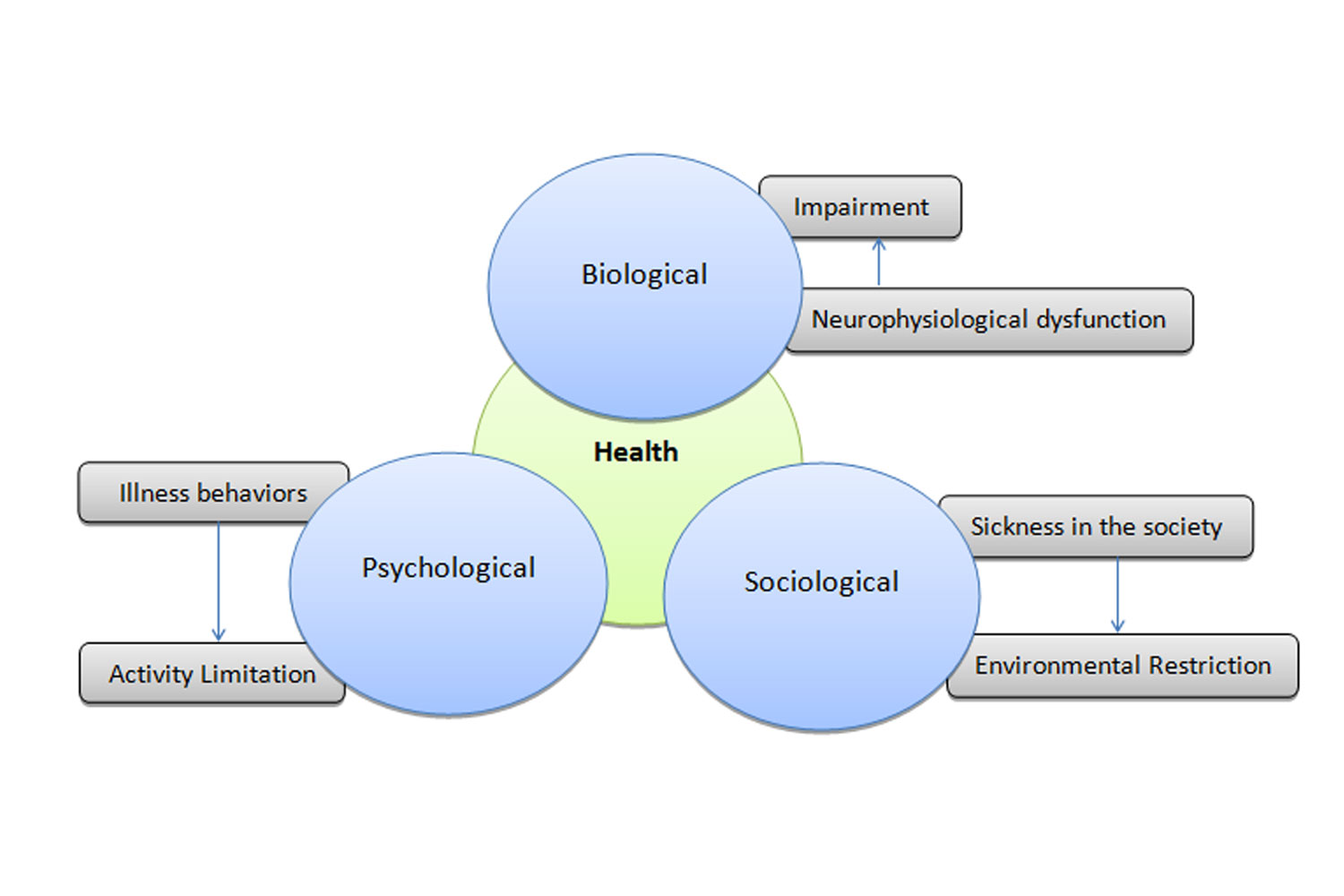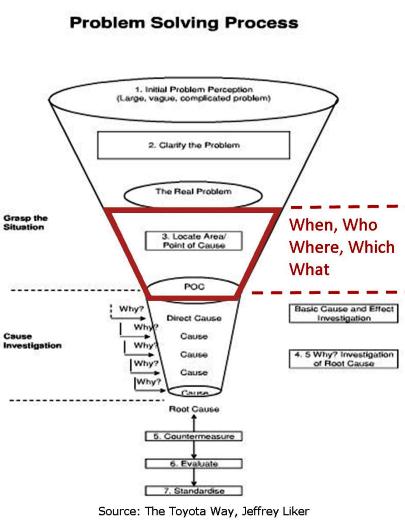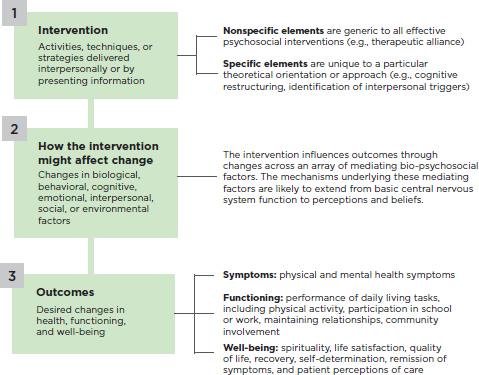An approach to environmental psychology
Data: 1.03.2018 / Rating: 4.7 / Views: 782Gallery of Video:
Gallery of Images:
An approach to environmental psychology
Environmental psychology is a multidisciplinary approach to understanding how humans react and behave within their environments. Religions are philosophies of life to help human beings choose their ways of living and open new frontiers of consciousness for them. The first part of the paper reviewed studies to understand how. An Approach to Environmental Psychology [Albert Mehrabian, James A. FREE shipping on qualifying offers. Environmental psychology, though a fastgrowing field, is one of the most difficult to fit into the confines of scientific inquiry. Today the fields of environmental psychology, conservation psychology and ecopsychology are helping society to form an affirmative response to emerging environmental and natural resource constraints. This is a grand challenge since the response must plan for, motivate and maintain environmental stewardship behavior through a period of. Albert Mehrabian is current professor emeritus of psychology at the University of California Los Angeles. He is widely known for his work on nonverbal communication. He has served as consulting editor to Sociometry, Journal of Nonverbal Behavior, Journal of Personality and. Environmental psychology is an interdisciplinary field that attempts to study the interplay between environment and psychology. The term environment here is often used somewhat loosely, and environmental psychologists might study a broad range of topics, such as. This review of environmental psychology looks to the past, present, and future of this growing and important area of psychology. The environment, far from being a silent witness to human actions, is an integral part of the plot. Environmental psychology is a field of psychology that focuses on the study of how humans are affected by their environments, or surroundings. They study human reactions to environments in order to gain some insight on how the environments can be changed to manipulate peoples feelings, thoughts, and possibly actions in them. Environmental psychology is an interdisciplinary field that focuses on the interplay between individuals and their surroundings. It examines the way in which the natural environment and our built environments shape us as individuals. The field defines the term environment broadly, encompassing natural environments, social settings, built environments, learning environments, and informational. I t is argued that by applying this biosocial theoretical approach to environmental psychology. that one can analyze these important bioso cia1 interactions at different perspectives. the effects of social class and living in urban versus rural environments are also analyzed. It includes course units such as Designing interventions and Personal, social and cultural change, which focus on how human behaviour can be changed, as well as Environmental Psychology, in which students learn about theories in the field of environmental psychology. Cognitive psychology became of great importance in the mid1950s. Several factors were important in this: The cognitive approach began to revolutionize psychology in the late 1950s and early 1960s, to become the dominant approach (i. , perspective) in psychology by the late 1970s. biological psychology) and environmental (re. Environmental psychology is also relatively unexplored, and as environmental issues continue to gain traction among policymakers and the public, Doherty says, opportunities will surely grow. Times have changed and green is the emerging norm in most places, he says. Environmental psychology developed in the midst of a wave of scientific and social movements of the past century rooted in large measure among the ecological sciences. And yet work in the field proceeded mostly untouched by an ecological perspective, as it remained wedded to a mechanistic mode of thought that has long gripped psychology more broadly. Submit an article Journal homepage Journal homepage Today this approach is known as cognitive psychology. This is where health psychologists take the finding that biological psychologists produce and look at the environmental factors that are involved to get a better picture. ecological psychology developed within environmental psychology during the 1990s. The first school, born with the aim of studying human behavior as naturally occurring and thus in its everyday context, is considered preparatory to todays environmental An approach to environmental psychology Albert Mehrabian, James A. Theories of personality Calvin Springer Hall, Gardner Lindzey Snippet view 1978. Behavior and the Natural Environment, Volume 6 Irwin Altman, Joachim F. Approach to Environmental Psychology: Albert Mehrabian, James A. ca Environmental reductionism is also known as stimulusresponse reductionism. Behaviourists assume that all behaviour can be reduced to the simple building blocks of SR (stimulusresponse) associations and that complex behaviours are a series of SR chains. Psychology Definition of ENVIRONMENTAL APPROACH: The approach to reduce external pressures that can cause emotional difficulties. Included in these are the arousal approach, the stimulus load approach, the behavioral constraint approach, the adaptation level approach, the environmental stress approach, and the ecological approach. Each of these is able to handle some, but not all, of the available data. Environmental Load Approaches, Theories in Environmental Psychology, Understimulation Approach, Behavior Problems, Tunnel Vision, Dual Task Studies, Milgram and City Living, Adaptation Level Theory, Optimal Stimulation, Optimal Level of Stimulation. This handout is one of many lecturer provided in class of Environmental Psychology. Environmental psychology, though a fastgrowing field, is one of the most difficult to fit into the confines of scientific inquiry. Measuring such subjective data as reactions to color, heat, light, and sound would seem to be an almost impossible task; indeed, until now there has been no theory. A common method of explaining what makes and defines us as individuals is the application of sociocultural approach. This approach emphasizes the influence of the society that we living on our learning process. Environmental Load Theory Teori ini dikemukakan oleh Cohen dan Milgram. Prinsip dasar dalam teori ini adalah manusia memiliki keterbatasan dalam mengolah stimulus dari lingkungannya. The Journal of Environmental Psychology serves individuals in a wide range of disciplines who have an interest in the scientific study of the transactions and interrelationships between people and their physical surroundings (including built and natural environments, the use and abuse of nature and natural resources, and behavior). Journal of Environmental Psychology. Restoration, wellbeing, and everyday physical activity in indoor, built outdoor and natural outdoor settings Effects of ambient lighting on approach motivation and state anger among people with varying trait anger. The paper addresses the importance of the sustainable architecture approach in studying of environmental psychology in tall buildings. Review of literature Sustainable architecture is an architecture that seeks to minimize the negative environmental impact of buildings by efficiency and moderation in the use of materials, energy, and. Approach to Environmental Psychology [Albert Mehrabian, James A. FREE shipping on qualifying offers. Environmental psychology, though a fastgrowing field, is one of the most difficult to fit into the confines of scientific inquiry. Measuring such subjective data as reactions to color Environmental psychology has been widely applied to the behavioral effects of retail environments (Donovan and Rossiter, 1982, Eroglu et al. , 2003), and it seems also a promising approach to the analysis of the perceptual effects of specific landscapes in advertising. The Journal of Environmental Psychology serves individuals in a wide range of disciplines who have an interest in the scientific study of the transactions and interrelationships between people and their physical surroundings (including built and natural environments, the use and abuse of nature Covering the full spectrum of methodology, the timely and indispensible Research Methods for Environmental surveys the research and application methods for studying, changing, and improving human attitudes, behaviour and wellbeing in relation to the physical environment. The first new book covering research methods in environmental psychology in over 25 years. Environmental Psychology can also concern itself with interior building design, so a further option would be to take a relevant architecture or interior design degree, and then take a psychology minor and focus your project work on Environmental Psychology. When Plenum stopped publishing its edited seriesHuman Behavior and Environment and Advances in Environment, Behavior and Designthe field of environmental psychology suffered a loss. Scholars could go to one of the edited Plenum books to find stateoftheart reviews on existing and emerging areas of research. Note: Citations are based on reference standards. However, formatting rules can vary widely between applications and fields of interest or study. The specific requirements or preferences of your reviewing publisher, classroom teacher, institution or organization should be applied. environmental psychology confront the fact that many of our experiences in The central qualities of the transactional approach are defined along five dimensions. The personinenvironment provides the unit of analysis. environmental perception and cognition, and environmental assessment. All Environmental Psychology, being concerned with environmentbehaviour relationships neglects to study the adaptive relationships which exist between the environment, the social system and behaviour. Environmental Psychology is such a new area Compared with other areas of psychology, environmental psychologists are wont to describe their area as a new branch of psychology. Environmental psychologists suggest that individuals react to tangible environments using two general, and opposing, forms of behavior: i. approach andor avoidance ( Mehrabian and Russel, 1974). Environmental psychology is the study of transactions between individuals and their physical settings (Gifford, 2007a). Environmental psychologists work at three levels of analysis: (a) fundamental psy The adaptationlevel approach begins with the assumption that people adapt Ecological psychology is a term claimed by several schools of psychology with the main one involving the work of James J. Gibson and his associates, and another one the work of Roger G. Barker, Herb Wright and associates at the University of Kansas in Lawrence. Environmental psychology, though a fastgrowing field, is one of the most difficult to fit into the confines of scientific inquiry. Measuring such subjective data as reactions to color, heat, light, and sound would seem to be an almost impossible task; indeed, until now there has been no theory around which the research in this field could be organized. Needs Digitizing [BOOK An approach to environmental psychology by Albert Mehrabian and James A. Scholar) submitted 1 year ago by FakersGonnaFake Citation: An approach to environmental psychology. Environmental psychology, though a fastgrowing field, is one of the most difficult to fit into the confines of scientific inquiry. Measuring such subjective data as reactions to color, heat, light, and sound would seem to be an almost impossible task; indeed, until now there has been no theory
Related Images:
- Mafia 2 pack
- Sailor Moon Crystal S01E01
- Reimagine hands like houses
- Windows xp ger
- Effortless guitar rhythm styles and techniques
- A Simple Life 2011
- Crimes that shook
- Max payne repack
- Wwe nxt 04 2013
- Last week john oliver s01e01
- SIMON AND SIMON COMPLETE SERIES
- Youre gonna love again
- 3d movie dual
- Historia del masaje pdf
- Greek
- English Khmer Dictionary
- Empire of Passion
- Hindi journey 2
- Barbie The Pearl Princess 2018
- Penthouse N 05
- Dont be gentle with me
- Lakers vs mavericks
- Nba playoffs 2014 720p
- S08e17 how i met your
- Hindi dubbed 2001
- Black sabbath mkv
- Masterchef us x264 lol
- Cirque du soleil o
- Stone monkey dvd
- Wcw ppv 2001
- Windows 7 x86 x64 sp1 all eds branded activated
- Stone free hendrix
- Yify train dragon
- Autodesk inventor keygen
- Confessions of window
- Somerset Folk Tales Folk Tales United Kingdom
- Gis arcview 9 1
- My Ghost Story S02e04
- All time greatest ur car and party
- Tesla five man acoustical jam
- The hard nut
- Roma temporada 1
- Dj mag top 100
- Tad the lost explorer nl
- Young Guns 1998
- George harrison all things must pass
- Le faux coupable french
- Transformers 1 4 movie
- Driver hp compa
- Quiet riot flac
- Buffalo soldier remix
- Reign s01e20 hdtv xvid
- Beyonc i am sasha fierce
- Hereafter
- Windows to linux migration toolkit
- Confessions of a shopaholic
- Rob b hood brrip
- Rip season 1
- Fables Legends in Exile
- Everytime i think of you
- The brotherhood of wolf eng
- Dr house s07
- Final fa 2005 2004
- Sonic AllStars Racing Transformed
- The jungle book adventures
- The forever girl
- Batman and batgirl cbr
- Learn english games
- Miles davis miles ahead
- The last ship S01E06
- The social network dts
- Maxim usa 2014 may
- Met jenya a
- Ncaa week 5
- The Bible Wasnt Written To You
- No Sun No Fun
- Mo Money Mo Problems
- Electro house new
- Star wars clone wars s01e03 720p
- To 100 songs
- Twilight Zone The Movie
- Deep Anal Drilling 4





.jpg)






